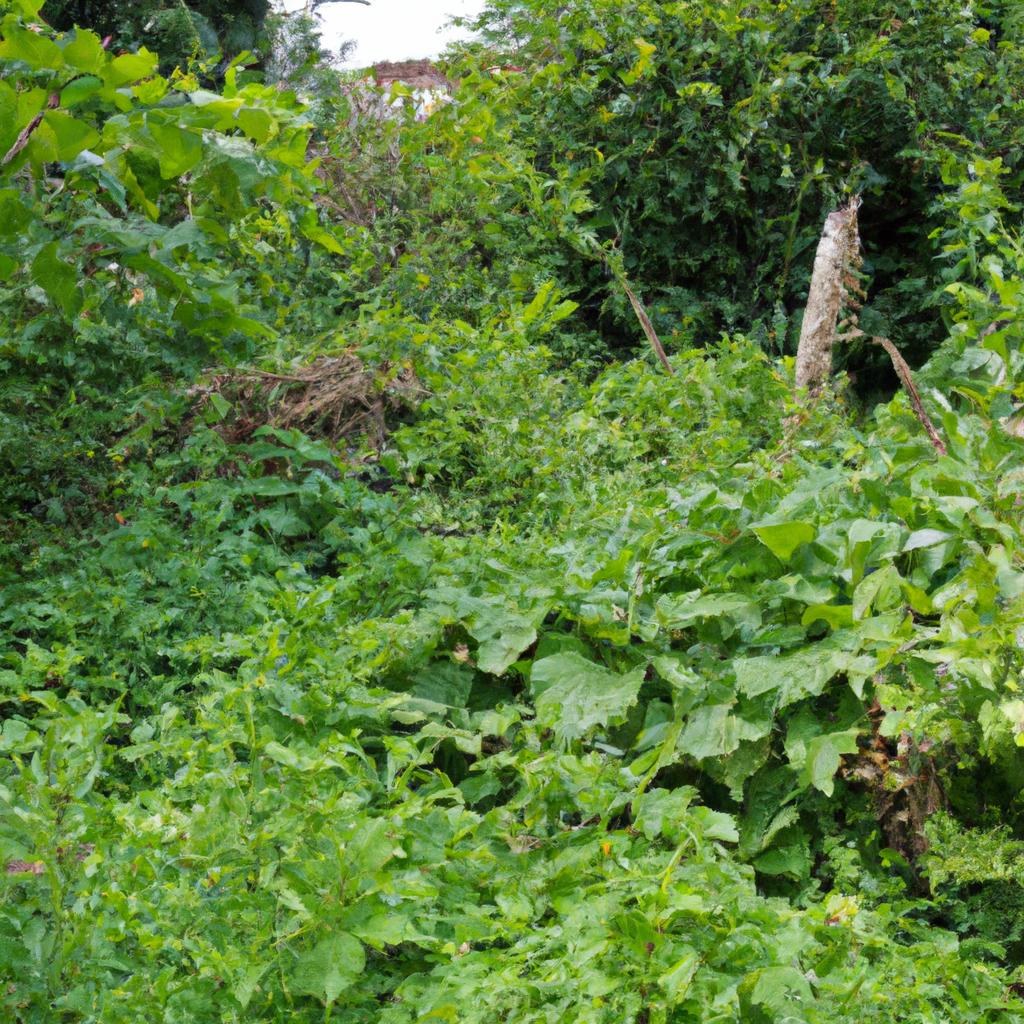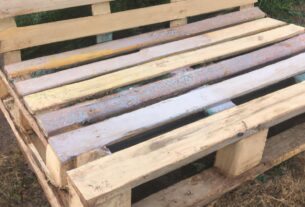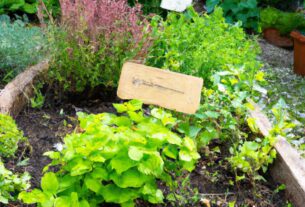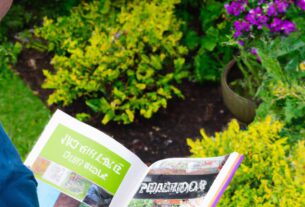Maintaining a garden is a rewarding experience, but it requires effort to keep it in good condition. One of the most challenging aspects of gardening is controlling weed growth. Weeds are unwanted plants that compete with other plants for nutrients, water, and sunlight. If left unchecked, they can overtake a garden and cause damage.
The Different Types of Weeds
There are two main types of weeds: annuals and perennials. Annuals complete their life cycle within a year, while perennials live for more than two years. Annual weeds grow quickly, produce a lot of seeds, and can spread rapidly. Common annual weeds include crabgrass, chickweed, and pigweed. Perennial weeds, on the other hand, are more challenging to control because their roots can survive for several years. Some examples of perennial weeds include dandelions, thistles, and bindweed.
Identifying the different types of weeds is essential in choosing the appropriate method of weed control. By observing their leaves, stems, flowers, and seeds, gardeners can identify weeds early and prevent them from spreading. For instance, dandelions have yellow flowers and a long taproot, while crabgrass has a wide leaf blade and a distinctive seed head. Understanding the characteristics of different weeds helps in selecting the most effective method of weed control.
Methods of Garden Weed Control
There are two main methods of garden weed control: organic and chemical. Organic methods involve using natural products, while chemical methods use synthetic products. Organic methods include hand weeding, mulching, and using vinegar or boiling water. Hand weeding involves physically removing weeds by pulling them out of the soil. Mulching is the process of covering the soil with organic materials like wood chips or straw to prevent weed growth. Vinegar and boiling water can be used to kill weeds by pouring them directly onto the plants.
Chemical methods of weed control involve using herbicides, which are chemicals that kill weeds. Herbicides can be selective or non-selective. Selective herbicides target specific types of plants, while non-selective herbicides kill all plants. It’s essential to follow the instructions on the label when using herbicides to avoid damaging other plants or harming the environment. Chemical methods of weed control are effective but should be used with caution.
Preventing Weed Growth
Preventing weed growth is crucial in maintaining a healthy garden. Here are some tips for preventing weed growth:
- Use Mulch: Mulching is an effective way to prevent weed growth. It also helps retain moisture in the soil and regulate soil temperature.
- Regular Maintenance: Regular maintenance, including watering plants, removing dead leaves, and pruning plants, prevents weed growth. By maintaining a healthy garden, weeds are less likely to thrive.
- Use Landscape Fabric: Landscape fabric is a barrier that prevents weeds from growing. It’s a good option for areas with heavy weed growth.
- Plant Cover Crops: Cover crops suppress weed growth, add nutrients to the soil, and improve soil health.
By following these tips and methods, gardeners can effectively control weed growth and maintain a healthy and thriving garden.
Best Practices for Garden Weed Control
Controlling weed growth in a garden requires a combination of methods and practices. Here are some dos and don’ts for effective garden weed control:
Dos:
- Use a combination of organic and chemical methods for weed control.
- Remove weeds before they go to seed to prevent them from spreading.
- Use mulch to prevent weed growth and retain moisture in the soil.
- Practice regular maintenance, including watering, fertilizing, and pruning, to keep plants healthy and prevent weed growth.
- Use the appropriate tools, such as a hoe or cultivator, to remove weeds without disturbing the soil too much.
Don’ts:
- Let weeds go unchecked, as they can quickly take over a garden.
- Use herbicides on windy days, as the chemicals can drift and harm other plants or the environment.
- Use herbicides on a hot day, as the chemicals can evaporate and become less effective.
- Use herbicides excessively, as it can harm beneficial insects and microorganisms in the soil.
- Use a tiller to remove weeds, as it can disturb the soil and bring dormant weed seeds to the surface.
By following these dos and don’ts, gardeners can ensure effective weed control while protecting their plants and the environment.
Conclusion
Garden weed control is essential for a healthy and thriving garden. Weeds compete with other plants for nutrients, water, and sunlight, and if left unchecked, they can cause damage. By identifying the types of weeds, using a combination of organic and chemical methods, preventing weed growth, and following best practices, gardeners can keep their gardens healthy and weed-free. Remember, a little effort can go a long way in maintaining a beautiful and productive garden.
For more gardening tips and tools, visit TooLacks. Happy gardening!



